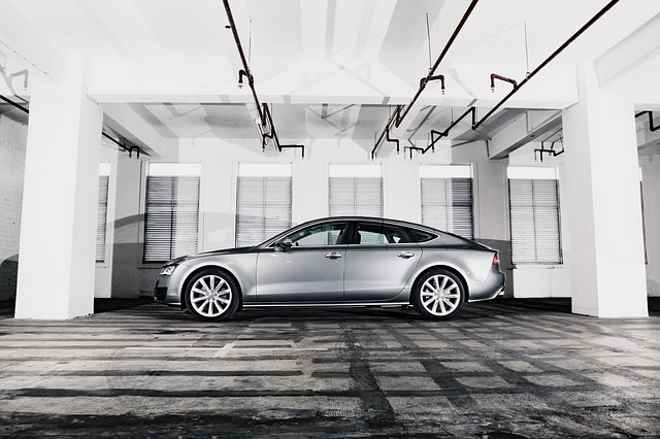Delving into the Intricacies of Automotive Laser Headlights
Imagine zipping along a dark, winding road, your vehicle's headlights slicing through the inky blackness, illuminating the path ahead with an intensity and precision unmatched by traditional lighting systems. This is the promise of automotive laser headlights, a cutting-edge technology that's rewriting the rules of road illumination.

A Historical Overview of Automotive Lighting
Automotive lighting has come a long way since the early days of motoring. Initially, vehicles used acetylene lamps for illumination, but these were soon replaced by electric headlamps, which offered superior reliability and brightness. Over the years, lighting technology progressed from sealed beam and halogen lights to high-intensity discharge (HID) and light-emitting diode (LED) systems, each iteration bringing improved efficiency, brightness, and durability. Today, laser headlights stand at the pinnacle of this technological evolution, promising unprecedented levels of illumination and safety.
The Mechanics of Laser Headlights
Laser headlights function differently from conventional light sources. They use highly focused laser beams, which are directed onto a phosphorous lens. The interaction of the laser light with the phosphorus creates an intensely bright, white light. This light is diffused to provide a broad and evenly distributed illumination pattern.
The Rise of Laser Headlights in the Automotive Industry
Laser headlights first appeared on the automotive stage in 2014, when BMW introduced them in the i8 plug-in hybrid. Since then, other premium manufacturers, like Audi and Mercedes-Benz, have adopted this technology. Laser headlights offer a range of benefits over traditional lighting systems. They are smaller, more energy-efficient, and provide a light that’s about ten times more intense. However, the technology does come with challenges, such as higher costs and potential safety concerns related to the intensity of the light.
The Impact of Laser Headlights on Drivers and the Environment
Laser headlights could significantly enhance road safety by improving nighttime visibility. They can illuminate up to 600 meters ahead, almost twice the range of LED headlights, enabling drivers to see potential hazards earlier. This technology can also adapt to different driving conditions, adjusting the beam’s intensity and direction to avoid dazzling oncoming drivers. Moreover, laser headlights are more energy-efficient than conventional lights, aligning with the trend towards more environmentally-friendly automotive technologies.
The Future of Laser Headlights
Despite their advantages, laser headlights are currently only available in high-end vehicles due to their high cost. However, as with all technologies, the price is likely to decrease as production volumes increase and the tech becomes more mainstream. Furthermore, regulatory hurdles in some countries, like the United States, need to be overcome for this technology to reach its full potential.
In conclusion, laser headlights highlight the automotive industry’s relentless pursuit of safety, efficiency, and performance enhancements. As this technology matures and becomes more accessible, we can expect to see these brilliant lights on more vehicles, making our roads safer and driving experiences more enjoyable.




